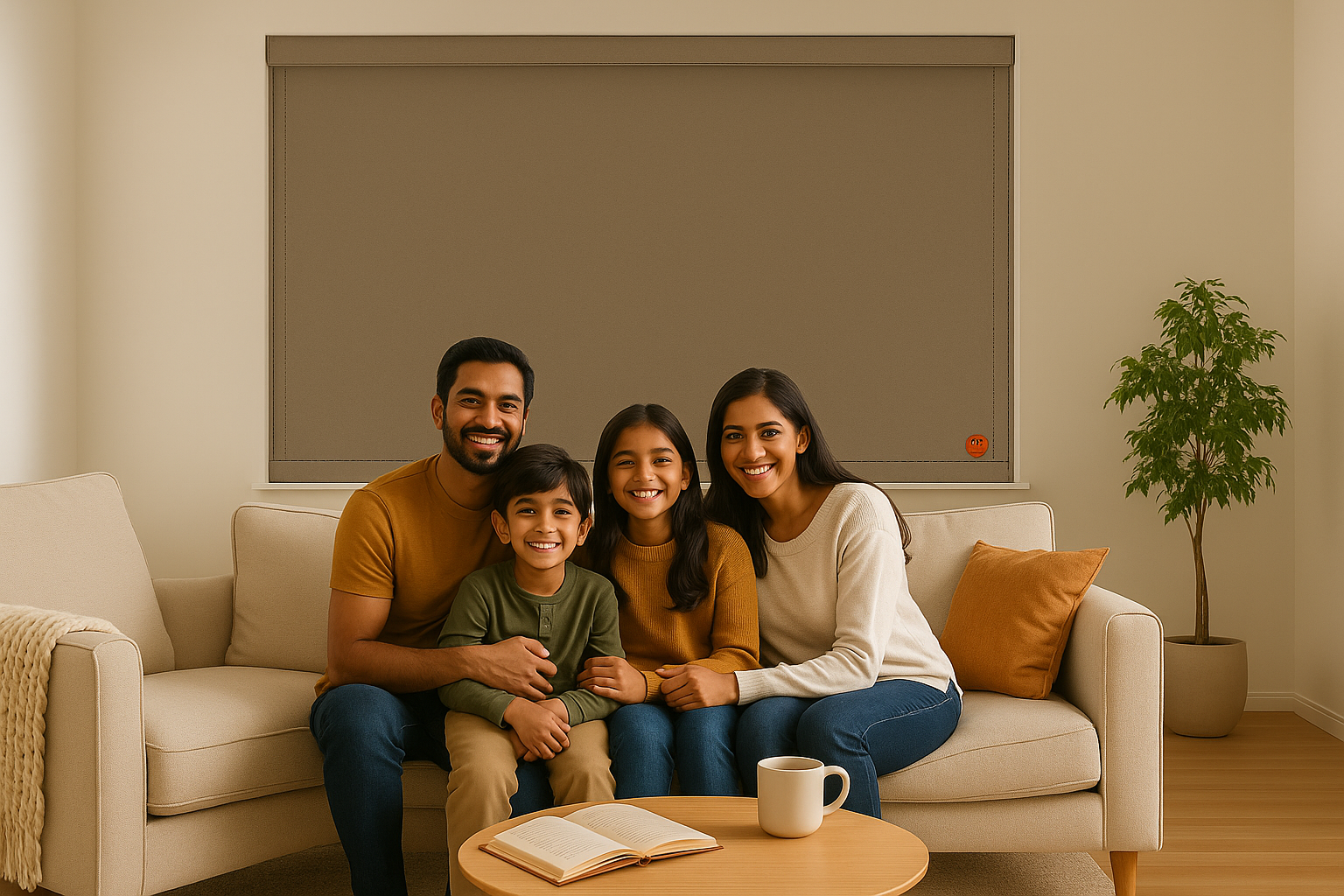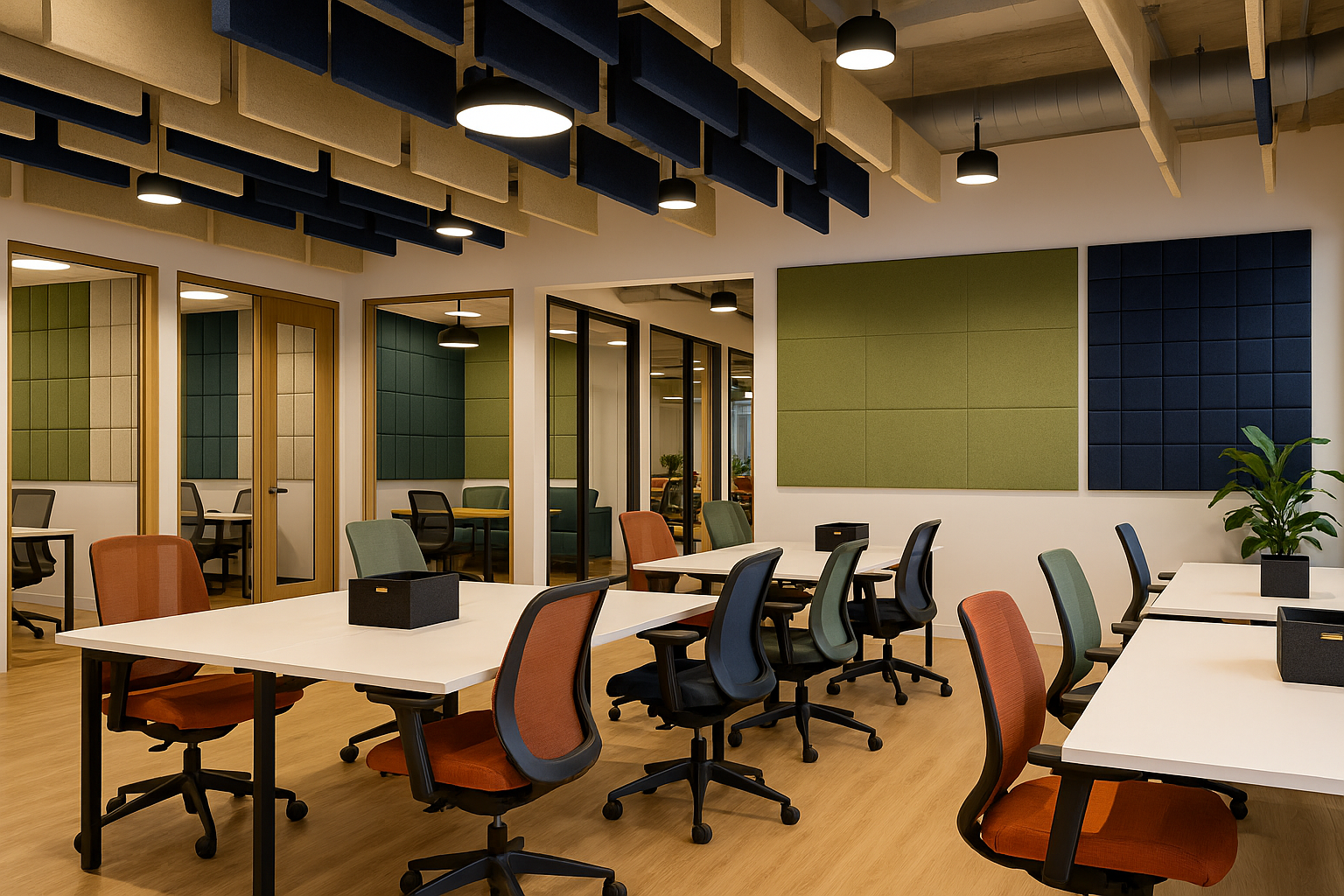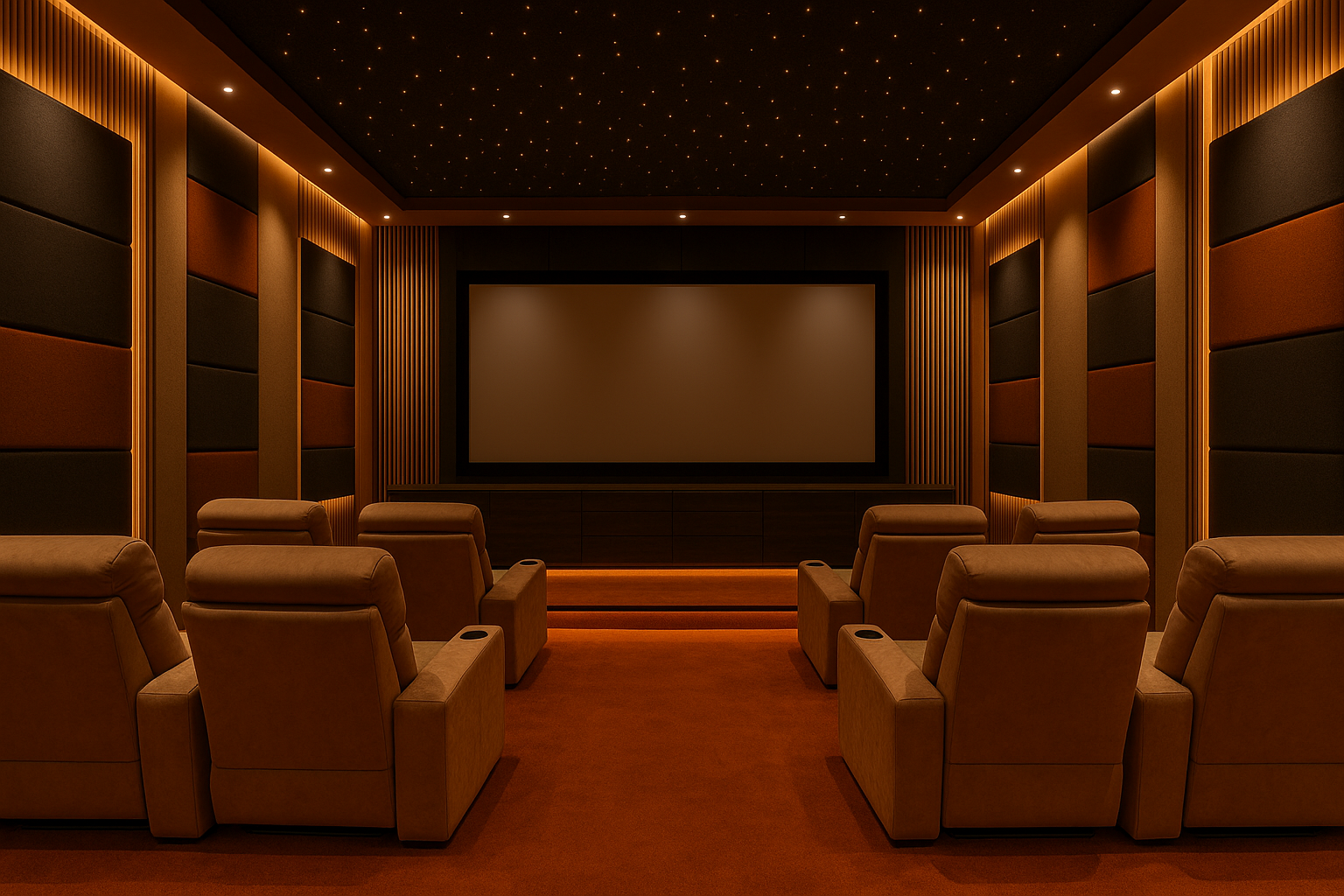TIITTLE : HOW TO SOOUNDPROOF A STUDIO.
Certainly! Let’s dive into the details of creating a soundproof studio step by step:
-
Absorption:
- Acoustic Panels: Install acoustic panels on the walls and ceiling. These panels absorb sound waves, preventing them from bouncing around the room.
- Thick Curtains: Hang heavy curtains to further absorb sound. Opt for curtains made of dense fabric or those specifically designed for soundproofing.
-
Damping:
- Mass-Loaded Vinyl (MLV): Apply MLV to walls, floors, and ceilings. It reduces vibrations and prevents them from turning into audible sound waves.
- Damping Compounds: Use damping compounds like Green Glue or QuietRock. Apply them between layers of drywall to dampen vibrations.
-
Decoupling:
- Resilient Channels: Install resilient channels on the walls and ceiling. These create separation between the surfaces, minimizing direct sound transmission.
- Double Walls: If possible, build double walls with an air gap in between. This further isolates sound.
- Floating Floors: Use floating floors (floors not directly attached to the subfloor) to prevent vibrations from traveling through the floor
- Outlets: Seal gaps around electrical outlets using foam gaskets.
-
Acoustic Treatment:
- Bass Traps: Place bass traps in corners to absorb low-frequency sound waves.
- Diffusers: Install diffusers on walls to scatter sound and reduce echoes.
- Additional Acoustic Panels: Strategically add more panels to control reverberations.
Remember these key points:
- Isolation: Soundproofing aims to isolate your studio from external noise.
- Sealing: Seal any gaps or openings to prevent sound leakage.
- Quality Materials: Invest in quality materials for effective soundproofing.
By following these steps, you’ll create a studio where you can record without unwanted noise interference. Happy recording! 🎤🎧🏠
We Have 3 solution for studio Soundproofing
1. SoundBlanket - Mass Loaded Vinyl.
In conference rooms, soundproofing is essential to ensure clear communication and minimize distractions. Sound blankets serve as an effective solution in this regard. These specialized acoustic panels are crafted from dense, sound-absorbing materials, designed to dampen echoes and reduce reverberation within the room. When strategically placed on walls, doors, or ceilings, sound blankets absorb incoming sound waves, preventing them from bouncing around and causing disruptions during meetings or presentations.
Beyond their functional benefits, sound blankets are also versatile and customizable. They come in various sizes, thicknesses, and colors, allowing for seamless integration into any conference room design. Additionally, their portability enables easy repositioning for optimal acoustic performance or temporary setups. By investing in sound blankets for conference room soundproofing, businesses create an environment conducive to productive discussions and enhanced audio clarity, ultimately improving the overall quality of meetings and presentations.
2.BassBloc® - Bass Absorber.
In conference rooms, soundproofing is essential to ensure clear communication and minimize distractions. Sound blankets serve as an effective solution in this regard. These specialized acoustic panels are crafted from dense, sound-absorbing materials, designed to dampen echoes and reduce reverberation within the room. When strategically placed on walls, doors, or ceilings, sound blankets absorb incoming sound waves, preventing them from bouncing around and causing disruptions during meetings or presentations.
Beyond their functional benefits, sound blankets are also versatile and customizable. They come in various sizes, thicknesses, and colors, allowing for seamless integration into any conference room design. Additionally, their portability enables easy repositioning for optimal acoustic performance or temporary setups. By investing in sound blankets for conference room soundproofing, businesses create an environment conducive to productive discussions and enhanced audio clarity, ultimately improving the overall quality of meetings and presentations.
3.Acoustic Pet Panels & foam
Acoustic foam, often made from polyurethane or melamine foam, is renowned for its excellent sound absorption properties. Its porous structure efficiently traps and dissipates sound waves, reducing reverberation and echo within a space. Acoustic foam panels come in various shapes, sizes, and thicknesses, allowing for versatile installation on walls, ceilings, or other surfaces. They are commonly used in recording studios, home theaters, offices, and classrooms to improve acoustics and create a more enjoyable listening environment.
On the other hand, PET (polyethylene terephthalate) panels are a sustainable alternative to traditional acoustic materials. Made from recycled PET fibers, these panels offer effective sound absorption while minimizing environmental impact. PET panels are available in different designs and colors, making them suitable for both functional and decorative purposes. They are commonly used in commercial spaces, conference rooms, and auditoriums to enhance speech clarity, reduce noise distractions, and add visual interest to the environment.







